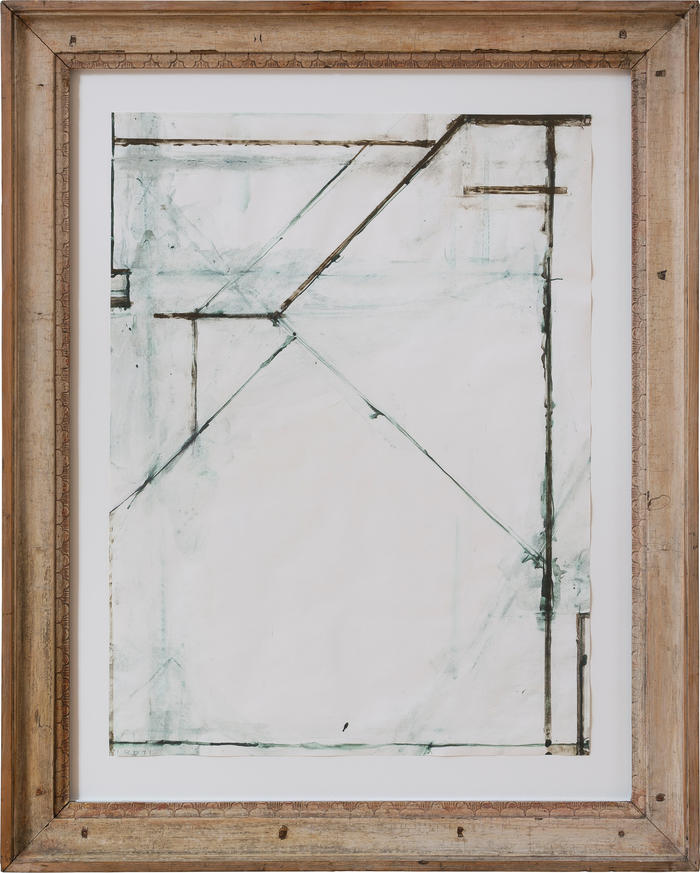Richard Diebenkorn
1922 — 1993
Born in Portland and raised in San Francisco, the artist began his studies at Stanford University in 1940 and later attended the California School of Fine Arts (now San Francisco Art Institute).
One of the most striking aspects of Richard Diebenkorn's oeuvre is the division into three clear phases.
In the 1940s and 1950s Diebenkorn developed his own style, which resembled abstract expressionism. In this phase, a series of energetic, colourful works are created. The works of Willem de Kooning are regarded as important impulses for his early work.
Although he established himself as an abstract painter on the West Coast, Diebenkorn took a completely different path in the mid-1950s. In 1965 he abandoned abstract expressionism in favour of figurative painting. The return to figuration, which had gone out of fashion at that time and caused partial indignation, marked the second phase of his work. The focus is now mainly on landscapes and the coast of Southern California.
The late 1960s marked the beginning of the last phase of Diebenkorn's career. After moving to Santa Monica to take up a professorship at UCLA in 1967, Diebenkorn returned to a series of works on abstraction that are now known as the Ocean Park series. These geometric abstractions were at the centre of Diebenkorn's oeuvre for two decades.
Even though these three phases may sound incoherent at first, two clear threads run through Diebenkorn's career. The first is the strong relationship that his entire work has with the great personalities of European modernism - especially Cézanne, Matisse and Mondrian, for whom he felt a deep admiration. Diebenkorn travelled through Europe between 1964 and 1965 and the influence of works such as Matisse's view of Notre Dame from 1914 is clearly visible in the following Ocean Park series.
In 1988 he returned to Northern California, where he had to concentrate on small jobs for health reasons until his death five years later.
 Untitled from the series "Ocean Park", 1971
Untitled from the series "Ocean Park", 1971